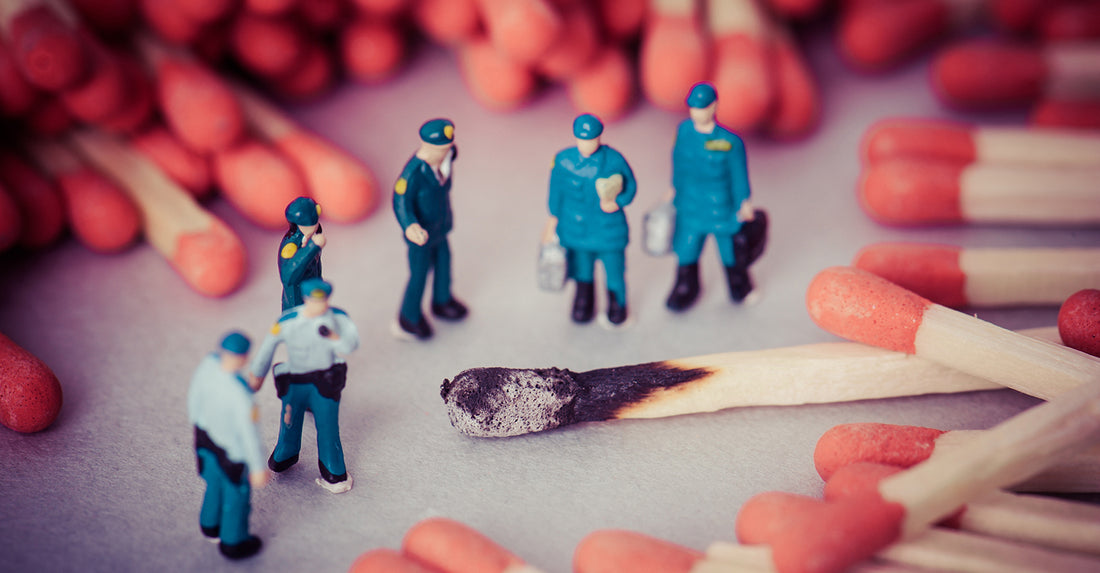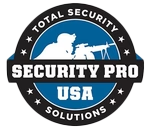
The Handheld Mobile Bomb Detectors
When it comes to keeping the public safe, there is no such thing as overkill. When it's your job to make sure that a gathering of people are protected from potential terrorism, you need to know that all of your bases have been covered.
If something happens beyond your checkpoint, you are going to be held responsible. You need to know that your trace detection technology is the top of the line in both narcotics and explosive detection. There are multiple ways of keeping people safe, all with different specifications. We have prepared this article to make matters less confusing, and to help you find the trace detector equipment that you need.
Measuring Increments
Before you can put your trust into any trace detector or swab detection device, you need to understand exactly what it does, and how sensitive it is. The sensitivity of any of these devices is measured on a type of scale that most people never learn about in college.
For explosive and narcotic trace detectors alike, the amount of a substance that must be present in order to be detected is measured in different parts.
- Nanogram -detection occurs on a parts per billion (ppb) scale.
- Picogram -detection occurs on a parts per trillion (ppt) scale.
- Femtogram -detection occurs on a parts per quadrillion (ppq) scale.
Now that you understand these measurements, you can grasp the sensitivity of any device on the market today. The femtogram is the most sensitive unit of measurement, and nanogram is the least sensitive.
Other Variables
What you require in a trace detector is something that is small enough to be carried easily around by your explosive detection personnel, and something that produces results in a timely manner. The most important variables for trace or swab detection devices are their size, their weight, their sensitivity, and their analysis time.
A device that is a burden to carry around is going to wear out your personnel more quickly than one that is not. A device of this nature should be lightweight and small. While we have already discussed sensitivity, you should keep the analysis time in mind.
From the time you introduce the sample to the device, you should expect prompt results. Some devices produce results in as little as 8 seconds, while others may take over a minute. Delays will result in longer wait times at security.
Some devices will brag about their cold start up time. While you don't want to spend forever waiting around for a machine to power up to a usable state, you likewise should be able to trust your employees to arrive at their posts in enough time to start up their machine before they begin explosive detection with it.
Several of these measuring devices are capable of both narcotics and explosive detection. However, not all of them can do so. Some are meant purely for explosives, while others are intended purely for narcotics trace detection.
Be aware that many of these devices rely on a radioactive source to perform their function. While this source is safely contained within the device, it can be hazardous to workers should the device become damaged. You will also be required to submit to regular testing of the unit for radiological safety. If you don't want to concern yourself with radiological risks, purchase a machine that does not involve radioactive sources.
Types of Devices
Each device uses a different method to test a sample for explosives or narcotics. While these methods are numerous and varied, we have explained the most common types to help you determine which you need to perform your duties.
Ion Mobility Spectrometry - This style of trace detector exposes the air molecules of a sample to an electrified coil. This coil then measures the length of time it takes for the ions in these molecules to pass through the coil. As each substance has a unique speed for ion travel under these circumstances, the device can determine the substance origin from the time measurement gathered.
Thermo Redox - This type of explosive detection unit relies on the presence of NO2 in almost every type of military grade explosive. The unit is introduced to the vapors of a suspicious sample, and the level of NO2 is analyzed. However, NO2 is common in substances other than explosives, such as fertilizers and some cleaning chemicals. This causes occasional false alarms.
Chemiluminescence - Used mainly in non-electronic sensors, chemiluminescence tests the sample not for explosive particles, but for the particles that naturally attach themselves to explosives of any type. These particles are rarely found away from their explosive counterparts, and possess a certain luminescent quality. Chemiluminescence tests for the luminescent qualities of these attached particles, but the results are not overly sensitive.
Swab Detection - This detection method rubs a small swab over the surface being tested. The swab is then introduced to a machine which analyzes the surface for narcotics or explosive samples. These tests are usually quite fast, and fairly dependable, but can be circumvented if the person who handled the suspicious substance uses the correct protective methods.
Raman Spectroscopy - This method exposes the suspicious sample to sources of light, usually monochromatic in nature, from a laser inside the device. Excited by the presence of the light, the molecules of the sample act differently than they were before the light's presence. Since each substance's molecules react differently to this light, the device can detect the nature of the substance's molecules from this reaction.
Each of these normal detection methods come with their own pros and cons. While there is not yet a device that is 100% accurate, 100% of the time, you will be able to provide the public with an enhanced protection from terrorist activities and drug smuggling with trace detection technology. Perfect for the non-specialized personnel in your security department, these devices are easy to use and easy to read, providing you with the means to do your job correctly.

0 comments